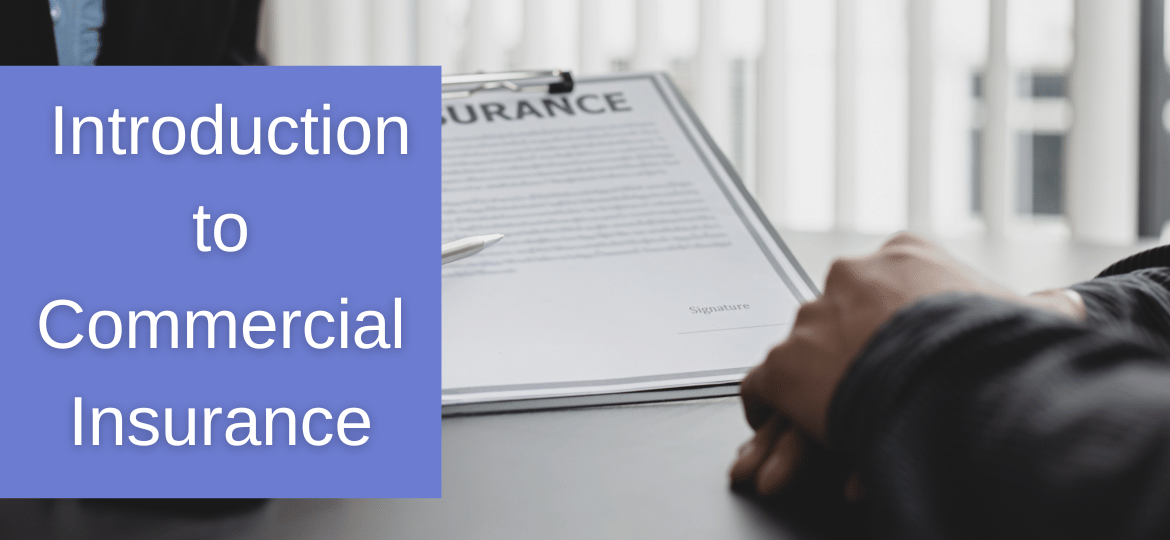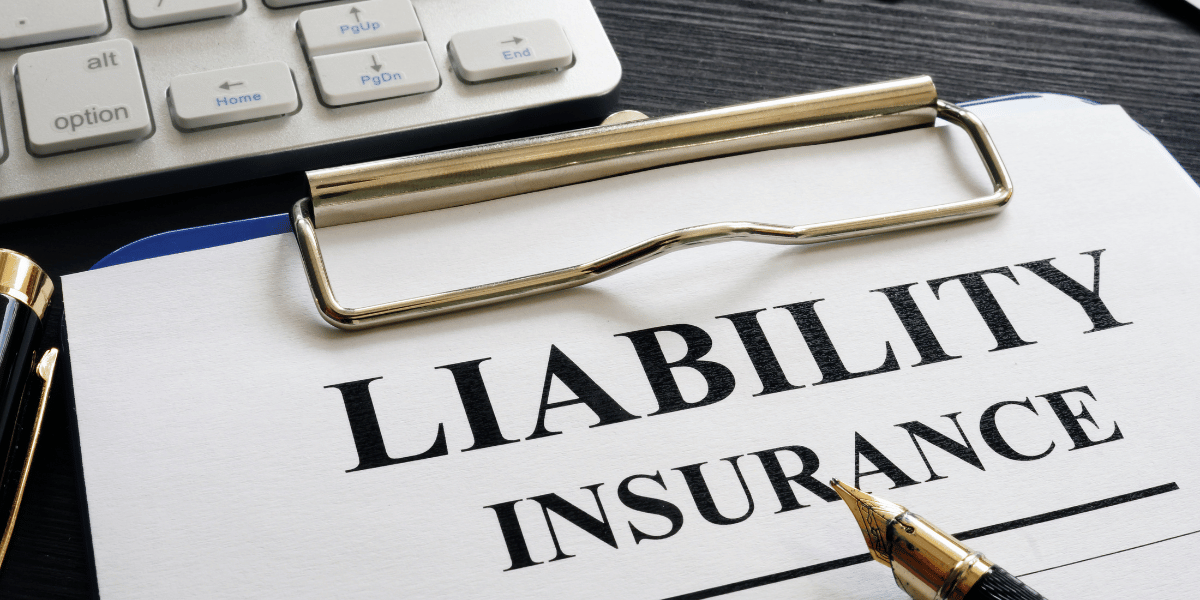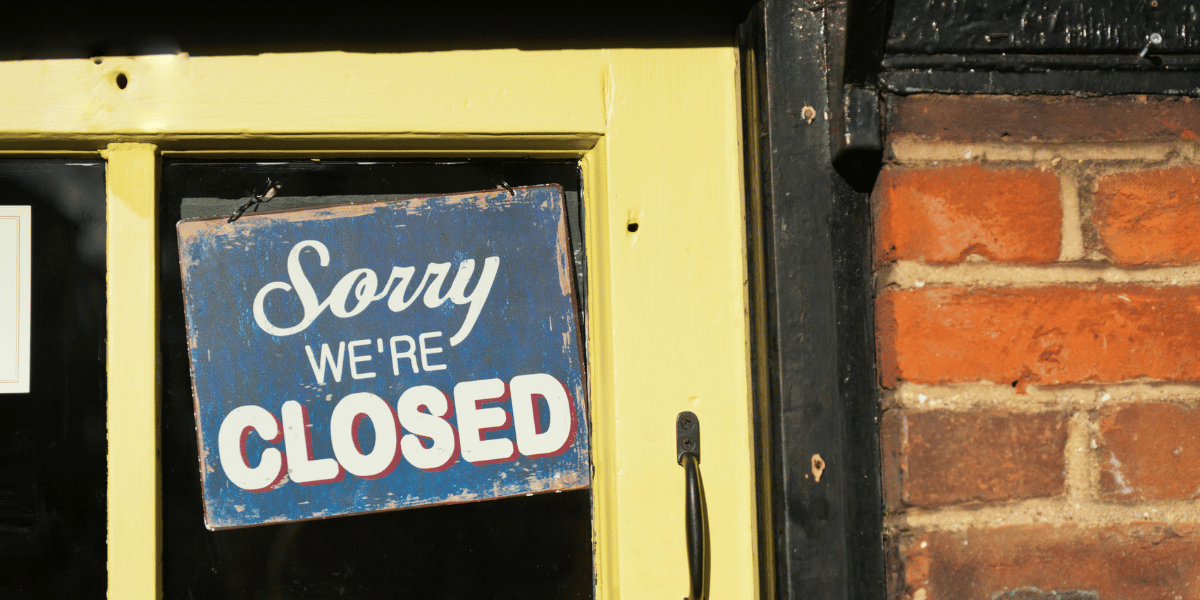
Commercial insurance refers to a set of policies designed to protect businesses from potential risks and financial losses. It provides coverage for various aspects of a business, including property, liability, and interruptions to normal operations.
Running a business involves inherent risks that can threaten its stability and profitability. Business owners face the possibility of property damage, lawsuits, and unforeseen events that could disrupt operations. Commercial insurance acts as a safeguard, offering protection and financial support when these challenges arise.
Commercial insurance provides peace of mind by transferring the risks associated with running a business to an insurance provider. It ensures that businesses can recover from unexpected setbacks without experiencing devastating financial consequences. By having the right coverage in place, business owners can focus on their core operations and growth. And they’ll know that they are protected against potential risks.
Whether it’s a small enterprise or a large corporation, commercial insurance is a crucial tool for managing risk and safeguarding assets. It not only protects the physical property. It also guards against liabilities arising from accidents, injuries, or damage caused by the business’s operations or products.
In the following sections, we will delve deeper into the specific types of commercial insurance coverage. Understanding these key aspects will help business owners make informed decisions about their insurance needs. Additionally, they’ll ensure comprehensive protection for their ventures.
 Property coverage
Property coverage
Property coverage is a fundamental component of commercial insurance that safeguards a business’s physical assets. It provides financial protection against damage, loss, or theft of property such as buildings, equipment, inventory, and furniture. Property coverage helps businesses recover from unforeseen events that could otherwise lead to significant financial strain.
Types of Property Covered
Commercial property coverage typically includes various types of property, such as:
- Buildings and structures owned or leased by the business
- Machinery, equipment, and tools used in operations
- Inventory and stock
- Furniture, fixtures, and office supplies
- Landscaping and signage
Perils Covered under Property Insurance
Property insurance covers a wide range of perils, including:
- Fire and smoke damage
- Theft and vandalism
- Windstorms and hail
- Explosions
- Water damage from burst pipes or leaks
- Damage caused by riots or civil commotion
It’s important to carefully review the policy to understand which perils are covered and any exclusions that may apply.
Determining Property Value and Coverage Limits
To ensure adequate coverage, it’s crucial to accurately determine the value of the property and establish appropriate coverage limits. This can be done by assessing the replacement cost which is the amount required to rebuild or replace the property.
Business owners should consider factors such as construction costs, material prices, and any unique features of the property. Professional appraisers or insurance agents can provide guidance in determining the property’s value and setting appropriate coverage limits.
Additional Property Coverage Options
In addition to standard property coverage, businesses may have specific needs that require additional protection. Some common additional coverage options include:
- Equipment breakdown coverage, which protects against the costs of repairing or replacing malfunctioning machinery or equipment.
- Inland marine coverage, which covers property that is in transit or temporarily located away from the business premises.
- Boiler and machinery coverage, which provides protection against damages caused by boiler explosions or other equipment failures.
Considering the unique aspects of a business’s operations and assets, it is essential to work closely with an experienced insurance professional. They’ll help to identify any additional coverage needs and customize a policy that adequately protects the business’s property.
In the next section, we will explore another crucial aspect of commercial insurance: liability coverage.
 Liability Coverage
Liability Coverage
Liability coverage is a vital component of commercial insurance. It protects businesses from legal obligations and financial losses resulting from third-party claims. Provided coverages include bodily injury, property damage, and other liabilities arising from business operations.
Types of Liability Risks
Businesses face various types of liability risks, including:
- Premises liability: Injuries or damages that occur on the business premises.
- Product liability: Claims arising from injuries or damages caused by a product sold or manufactured by the business.
- Completed operations liability: Liability for injuries or damages that occur after a service or product has been provided by the business.
- Advertising liability: Claims related to false advertising, copyright infringement, or defamation.
- Employment practices liability: Claims arising from allegations of wrongful termination, discrimination, or harassment by employees.
Coverage for Bodily Injury and Property Damage Claims
Liability coverage typically includes protection against bodily injury and property damage claims. It provides coverage when a third party, like a customer or visitor, experiences injury or property damage due to the actions or negligence of a business. It helps pay for their medical expenses, legal fees, and any settlements or judgments that may arise from such incidents.
Product Liability Coverage
Product liability coverage specifically addresses claims arising from injuries or damages caused by a product sold or manufactured by the business. It helps protect against potential lawsuits related to product defects, design flaws, inadequate warnings, or manufacturing errors. This coverage is particularly crucial for businesses involved in manufacturing, distribution, or retail.
Professional Liability Coverage
Professional liability coverage, referred to as errors and omissions (E&O) insurance, is essential for businesses providing professional services or advice. It safeguards against claims arising from errors, negligence, or omissions in professional work that result in financial loss or harm to clients. This coverage is particularly relevant for professions such as consultants, architects, doctors, lawyers, and accountants.
Determining Liability Coverage Limits
Determining the appropriate liability coverage limits depends on various factors, including the size and nature of the business, industry standards, potential risks, and the business’s financial capacity to handle a claim.
Insurance professionals can help assess the specific risks associated with a business and recommend suitable coverage limits. It’s crucial to regularly review and update liability coverage as the business evolves and expands to ensure adequate protection against potential liabilities.
In the following section, we will explore another critical aspect of commercial insurance: business interruption coverage.
 Business Interruption Coverage
Business Interruption Coverage
Business interruption coverage, also known as business income insurance, is a type of commercial insurance that provides financial protection when a business is unable to operate due to covered events. It aims to compensate for the loss of income and helps cover ongoing expenses during the interruption period.
The purpose of business interruption coverage is to help businesses recover from the financial impact of unforeseen disruptions and resume normal operations as quickly as possible.
Coverage for Income Loss and Extra Expenses
Business interruption coverage typically includes two main components:
- Income loss coverage: This reimburses the business for the income it would have earned if the interruption had not occurred. It helps cover ongoing expenses, such as payroll, rent, and loan payments, during the downtime.
- Extra expense coverage: This covers additional expenses incurred to minimize the impact of the interruption and expedite the recovery process. It may include costs for relocating to a temporary location, renting equipment, or implementing alternative business arrangements.
Covered Events and Triggering Conditions
Business interruption coverage typically applies to specific events outlined in the policy. Common covered events include:
- Natural disasters (e.g., fires, floods, earthquakes)
- Equipment breakdowns
- Utility service disruptions (e.g., power outages)
- Civil authority actions (e.g., government-mandated closures)
- Physical damage to neighboring properties affecting business operations
To trigger coverage, there are usually specific conditions that must be met, such as a waiting period or a minimum duration of interruption.
Determining Appropriate Coverage Limits
Determining the appropriate coverage limits for business interruption insurance requires careful consideration. Business owners should assess their financial statements, projected income, and operating expenses to estimate the potential loss of income during an interruption period.
Factors to consider when determining coverage limits include the length of time required to restore operations, the impact on customer relationships, and the industry’s average recovery time after similar events. Working with insurance professionals can help ensure adequate coverage limits are established.
Additional Considerations for Business Interruption Coverage
When considering business interruption coverage, there are a few additional factors to keep in mind:
- Period of indemnity: This refers to the duration for which the coverage applies. It should align with the time needed for the business to fully recover and resume normal operations.
- Contingent business interruption: This coverage extends protection to disruptions caused by damage or interruptions suffered by key suppliers or customers, impacting the business’s operations.
- Adequate documentation: Maintaining accurate records of income, expenses, and any interruptions is crucial for a smooth and efficient claims process.
Business interruption coverage is a valuable component of commercial insurance that helps businesses survive unexpected disruptions and recover swiftly. It provides the necessary financial support to mitigate the impact of an interruption and resume operations successfully.
Conclusion
As a business owner, protecting your venture with comprehensive commercial insurance is a vital step towards ensuring its success and stability. At Fassbender Insurance, we understand the importance of safeguarding your business from potential risks and financial losses. With our extensive network of over 50 insurance carriers, we can help tailor insurance solutions to meet your specific needs.
Take the first step in protecting your business today. Contact us at Fassbender Insurance to discuss your insurance requirements and find the coverage that best fits your business. Together, let’s ensure the continued success and resilience of your enterprise.

